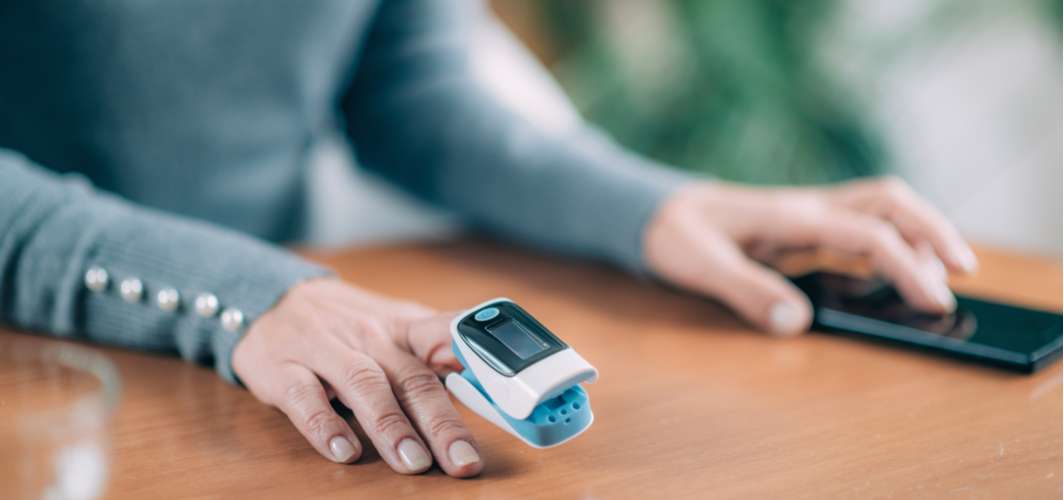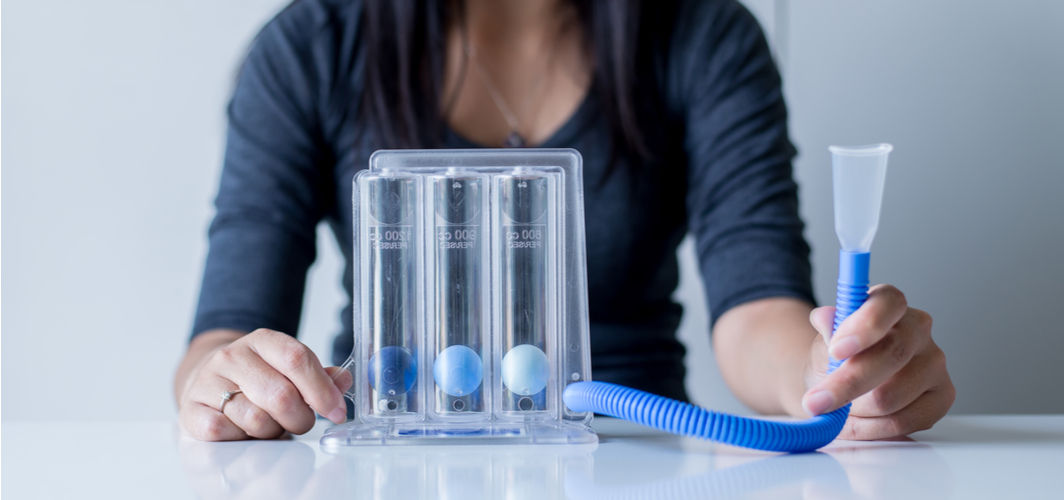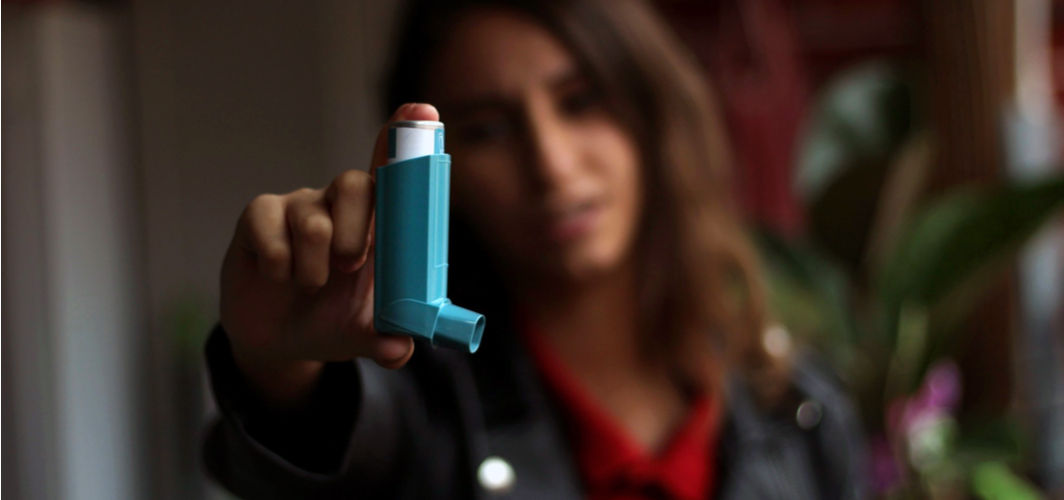Respiratory Health
Is Your Blood Oxygen Saturation Level Safe?
4 min read
By Apollo 24/7, Published on - 20 December 2020, Updated on - 18 October 2022
Share this article
0
9 likes

What is oxygen saturation?
What is a safe oxygen saturation level?
Which conditions cause a dip in the levels of blood oxygen saturation?
- COPD (Chronic obstructive pulmonary disease)
- Asthma
- Collapsed lung
- Anemia
- Heart disease
- Congenital heart defects
Factors affecting oxygen saturation
- The amount of oxygen available in the air
- The ability of oxygen molecules to reach the tiny air sacs in the lungs and diffuse into the bloodstream
- The number of hemoglobin molecules present in the red blood cells
- The affinity of hemoglobin towards oxygen
How is the blood oxygen saturation level measured?
- Arterial blood gas (ABG) test: ABG test is generally used to determine the function of the lungs for gaseous exchange. The test uses a blood sample drawn from an artery and hence accurately measures the oxygen saturation of arterial blood. This means that the oxygen level is checked before it enters the body tissues.
- Pulse oximetry: This is a non-invasive test that measures the amount of oxygen carried by the blood to body tissues. The test uses a device called a pulse oximeter with a probe that can be attached to a finger or earlobe. It measures oxygen through beams of light (red light and infrared light) sent from the device. The oxygenated blood is measured in terms of absorption of infrared light.
|
Method of test |
Normal value |
Low value |
|
Arterial blood gas test |
75 to 100 mmHg |
Below 60 mmHg |
|
Pulse oximetry |
95% to 100% |
Below 90% |
Does blood oxygen level need to be monitored?
Conclusion
Respiratory Health
Leave Comment
Recommended for you

Respiratory Health
Violent Coughing: Could It Indicate a Serious Infection?
Whooping cough is a contagious respiratory disease caused by the bacterium Bordetella pertussis and is characterised by violent coughing.

Respiratory Health
Chest Feels Congested? Try These Home Remedies
Chest congestion can be caused by a cold, infection, or underlying disease. Awareness of the symptoms and the simple remedies, along with appropriate over-the-counter medications, help quick recovery.

Respiratory Health
Understanding the Role of Spirometry in Assessing Lung Health
Spirometry is a standard pulmonary function test that is performed to evaluate how well the lungs are working, by calculating their breathing capacity.
Subscribe
Sign up for our free Health Library Daily Newsletter
Get doctor-approved health tips, news, and more.
Visual Stories

Can Asthma Symptoms Get Worse Indoors?
Tap to continue exploring
Recommended for you

Respiratory Health
Violent Coughing: Could It Indicate a Serious Infection?
Whooping cough is a contagious respiratory disease caused by the bacterium Bordetella pertussis and is characterised by violent coughing.

Respiratory Health
Chest Feels Congested? Try These Home Remedies
Chest congestion can be caused by a cold, infection, or underlying disease. Awareness of the symptoms and the simple remedies, along with appropriate over-the-counter medications, help quick recovery.

Respiratory Health
Understanding the Role of Spirometry in Assessing Lung Health
Spirometry is a standard pulmonary function test that is performed to evaluate how well the lungs are working, by calculating their breathing capacity.